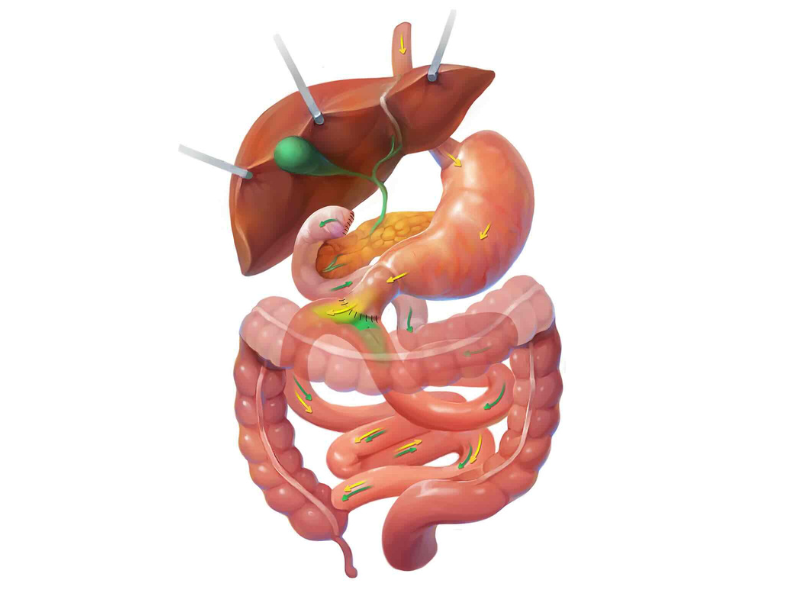The Single Anastomosis Duodeno-Ileostomy (SADI) is a relatively new, highly effective variant of the duodenal switch (DS), a procedure that has been in use for a few decades.
The SADI has grown in popularity as an alternative to the more complex DS, with similar (slightly lower weight loss potential) long-term results and fewer potential complications due to avoiding the second anastomosis or intestinal reconnection. On the flip side, SADI is a relatively new procedure with limited data, and some insurance companies still consider it experimental and may not offer coverage.


